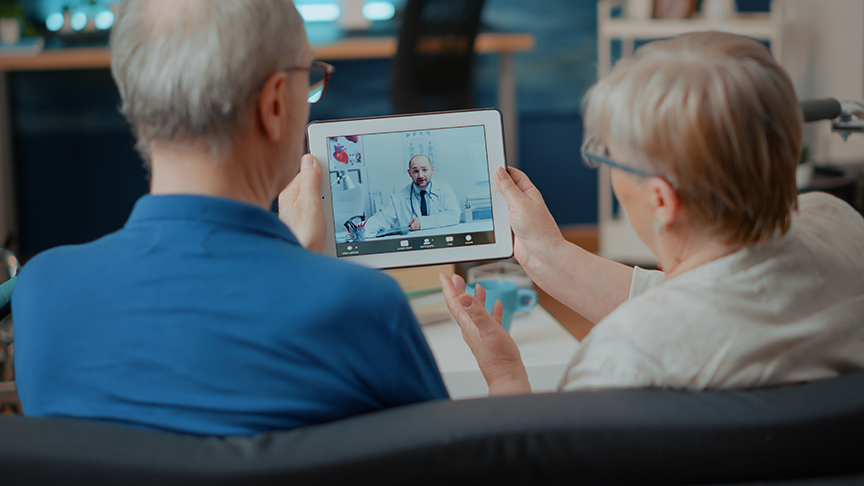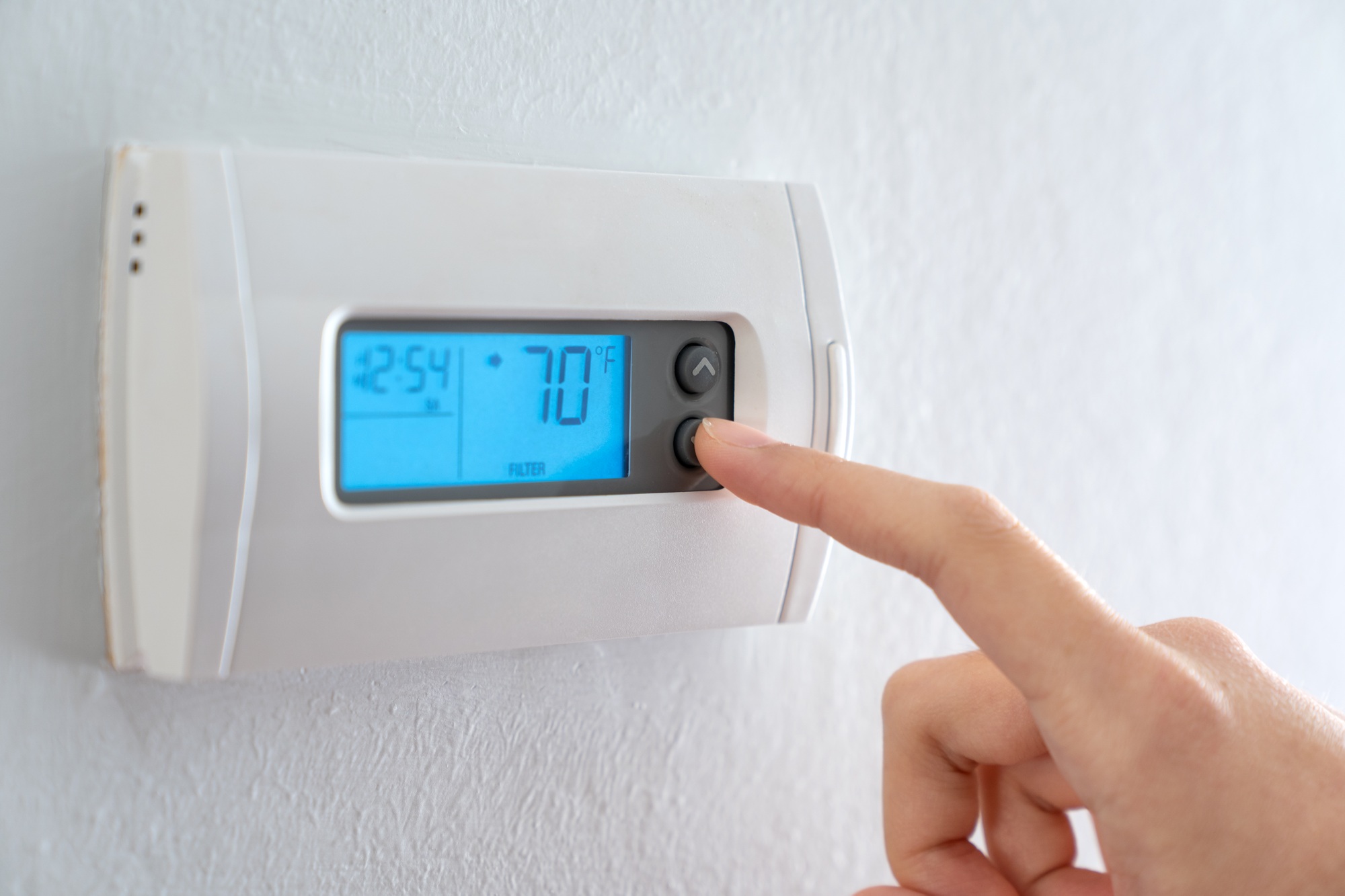Telehealth technology has become an essential tool in the medical field, providing doctors and patients with convenient and efficient ways to connect and receive healthcare services. With an abundance of in-home services already available, consumers now expect the same from their doctors, when available. There’s even a term for it: the “Homebody Economy.” Here are some strategies doctors can use to maximize the benefits of telehealth technology, which is sure to make the homebodies happy.

Telehealth technology offers convenience
Telehealth offers unparalleled comfort and convenience for both doctors and patients. By using telemedicine platforms, doctors can provide virtual appointments, saving patients from the hassle of commuting to the clinic or waiting in crowded waiting rooms. This technology allows patients to consult with their doctors from the comfort of their own homes, reducing stress and improving overall satisfaction. In some cases, it can also help patients with children avoid having to arrange expensive childcare.
Telehealth technology prevents spreading infectious disease
One significant advantage of telehealth technology is the ability to prescreen patients for possible infectious diseases, especially in the wake of the COVID-19 pandemic. While the telehealth technology became popular during the pandemic, doctors now can conduct virtual appointments to assess patient symptoms, minimizing the risk of exposure to contagious illnesses. This approach not only protects patients but also benefits individuals who are immunocompromised or have chronic illnesses.
Better specialty care assessment
Telehealth technology can greatly benefit specialty practitioners by allowing them to assess patients in their home environments. For instance, allergists can go so far as to observe potential allergens in the patient's surroundings just by seeing them on camera. This provides valuable insights for a more accurate diagnosis. Neurologists, physical therapists, and occupational therapists can also assess patients' abilities to navigate and take care of themselves at home, leading to better treatment plans tailored to their individual needs.
Mental health helped through telehealth technology
Telehealth is an excellent way to deliver mental health assessment and counseling services. With the help of telemedicine platforms, doctors can remotely connect with their patients and offer support for a wide range of mental health conditions. This approach breaks down barriers to access and ensures that individuals can receive the care they need from the comfort of their own homes. According to the National Alliance on Mental Illness, telehealth often helps “eliminate the barrier of needing transportation and decrease[s] ‘no-shows,’ resulting in greater continuity of treatment.”
Make connections with family members
When consulting with doctors, having a family member present can provide valuable support and facilitate effective communication. Telehealth technology allows doctors to include family members in virtual visits, even if they reside in different locations. This inclusion strengthens the doctor-patient-family dynamic, enabling a more comprehensive understanding of the patient's medical history and improving overall patient care.
Doctors can leverage telehealth technology to enhance patient care and improve healthcare delivery. From the standpoint of running your business, this is a valuable tool for patient retention. Telehealth technology is a valuable step toward a more patient-friendly healthcare system.





